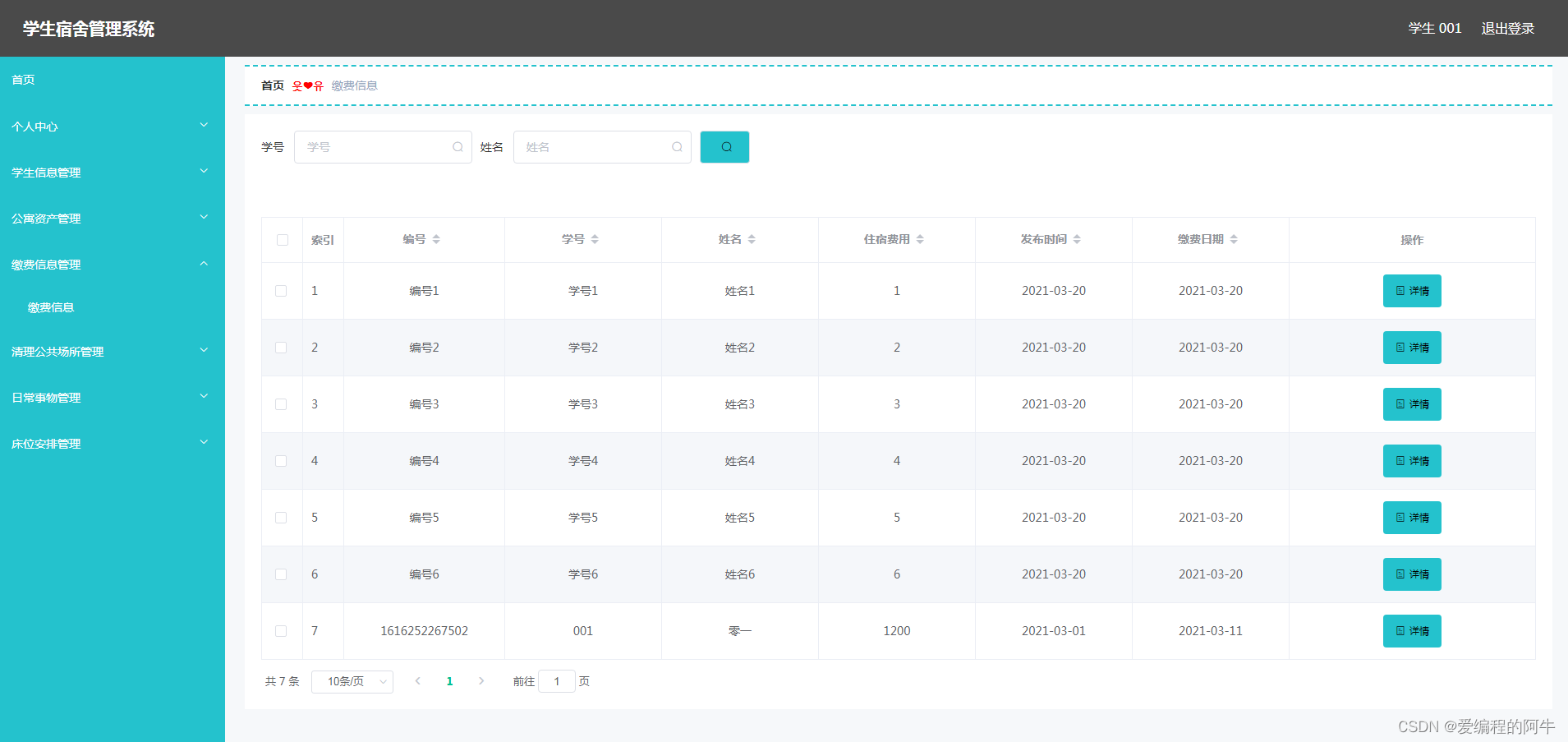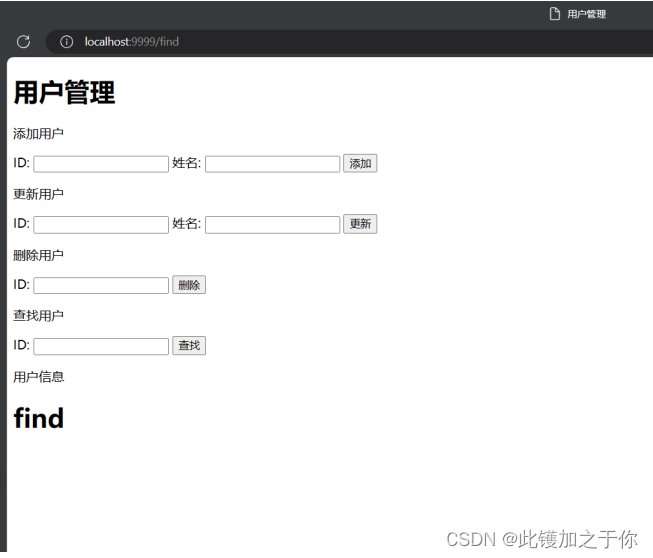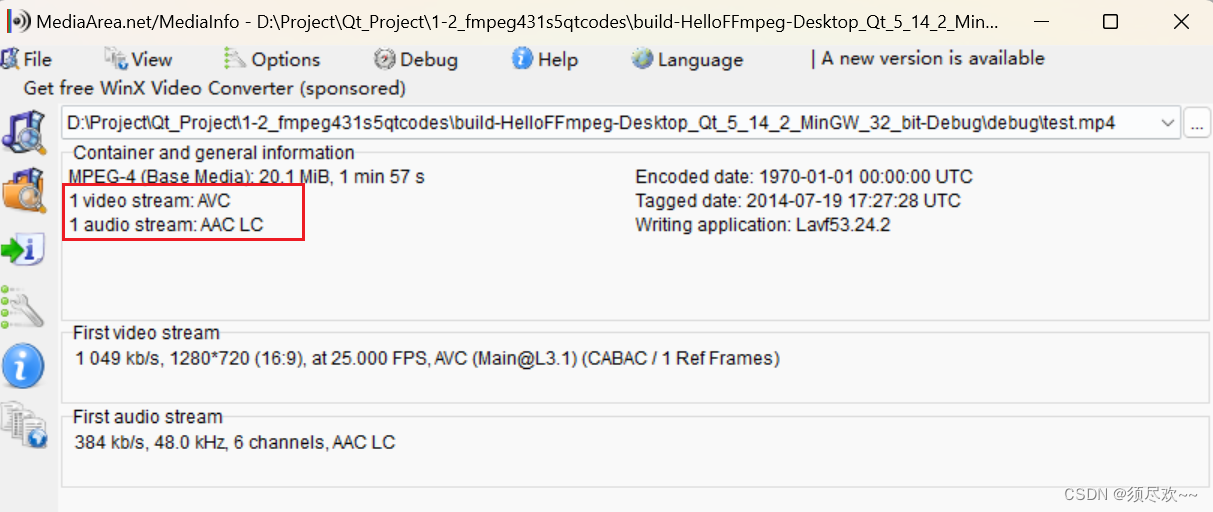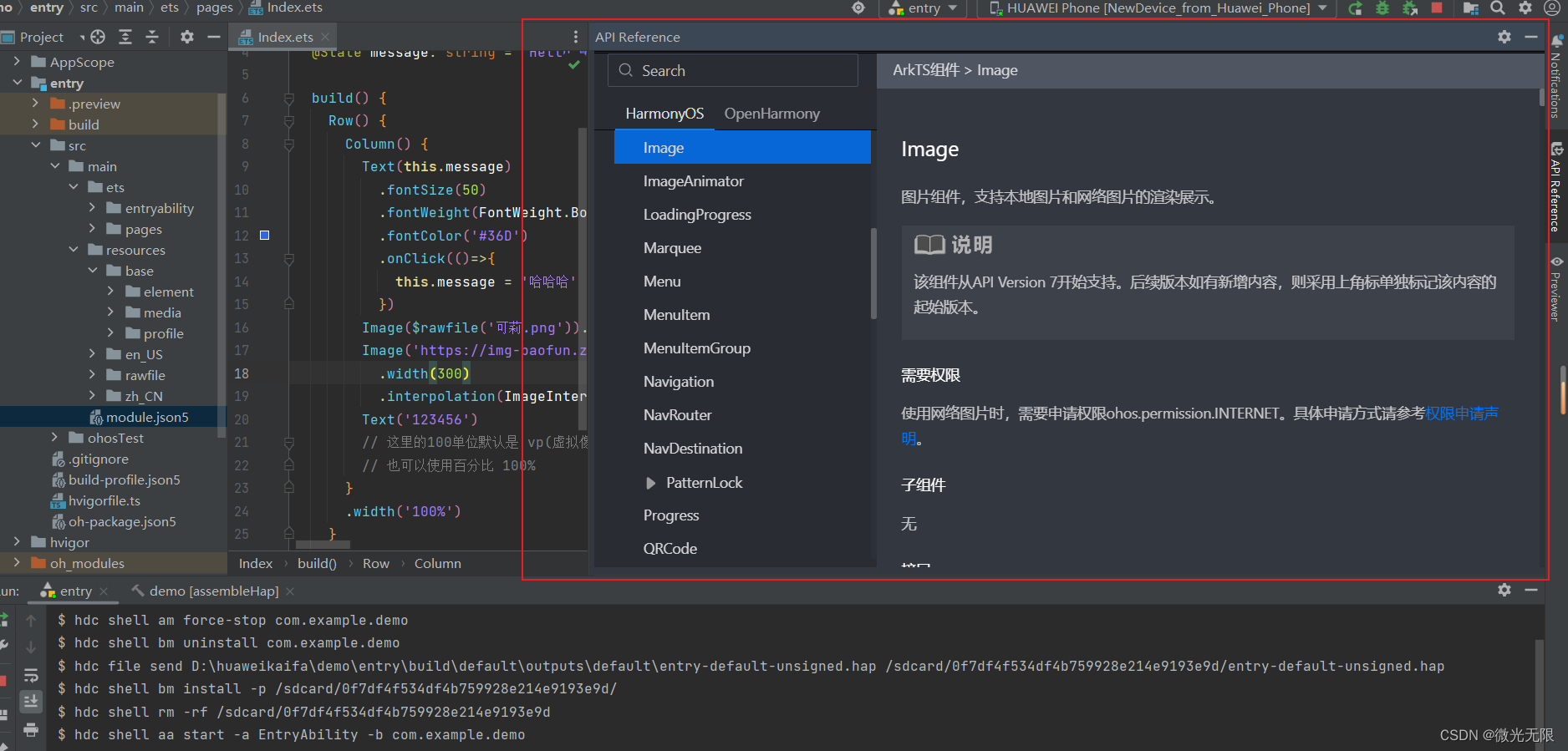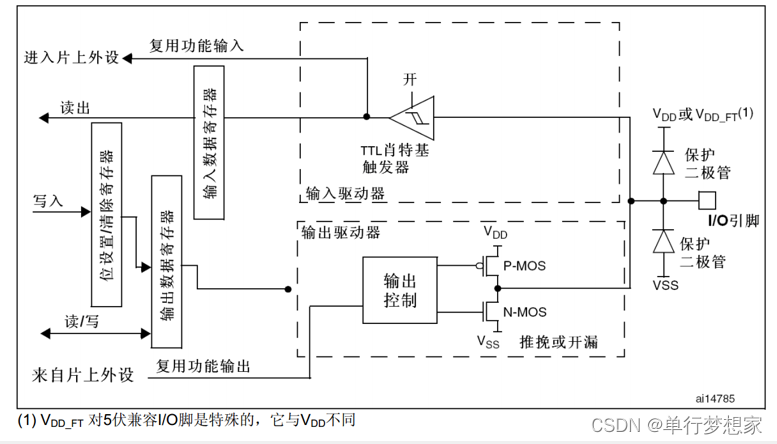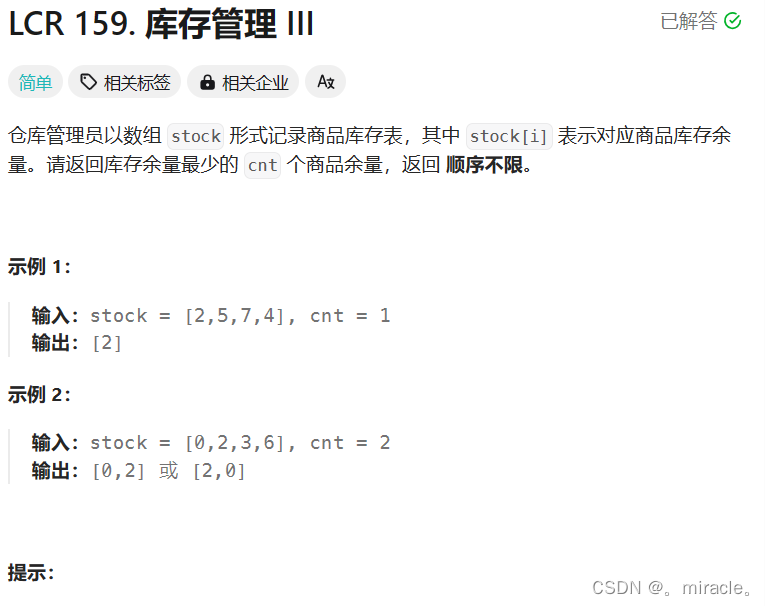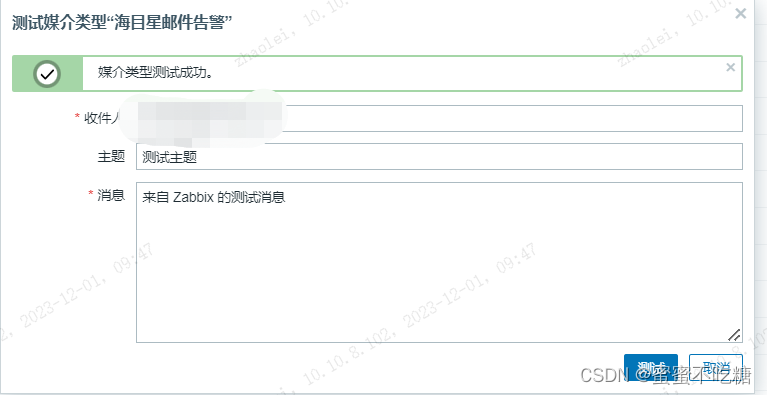目录
♫什么是文件
♫文件路径
♫文件类型
♫文件的管理
♪File的构造方法
♪File的常用方法
♫文件的内容操作
♪InputStream
♪OutputStream
♪字符流读写文件
♫Scanner与流对象
♫什么是文件
文件在计算机里可以指“狭义”的文件(指硬盘上的文件和目录),也可以值“广义”的文件(操作系统将很多硬件设备和软件资源也抽象成文件来统一管理),这里要介绍的文件就是指“狭义”的文件。
♫文件路径
变量存储数据是在内存中,而文件存储数据则是在硬盘上,每个文件在硬盘上都有一个独有的文件路径,文件路径有绝对路径和相对路径之分,下面这个图片的绝对文件路径就是D:/picture/tree.png:
其中D:为盘符,是通过硬盘分区来的,每个盘符可以对应一个硬盘,也可以多个盘符对应一个硬盘;/用于分割目录,windows也可以用\分割目录,如果在代码中用\需要注意转义字符的问题。
它的相对路径根据当前工作目录的不同而变化:
♩.如果工作目录是D:/,相对路径写作./picyure/tree.png
♩.如果工作目录是D:/picture,相对路径写作./tree.png
♩.如果工作目录是D:/picture./a,相对路径写作../tree.png(..表示当前目录的上一级)
♩.如果工作目录是D:/picture/a/b,相对路径写作../../tree.png
♫文件类型
我们平常使用的文件有音频文件,视频文件,图片文件,word文件等等,这些不同的文件都可以归纳为文本文件和二进制文件两种。
♩.文本文件:是一种用于存储文本数据的文件类型,其中包含 ASCII 或 Unicode 编码的字符。文本文件往往包括人类可读的字符和行结尾符号。常见的文本文件格式包括.txt、.html、.xml 等。
♩.二进制文件:是使用二进制代码编写的文件类型,它们可以包含任何类型的数据,包括图像、音频、视频、可执行文件和其他应用程序数据。二进制文件由计算机使用特定的二进制编码表示,无法直接阅读或修改。
♫文件的管理
Java 中通过 java.io.File 类来对一个文件(包括目录)进行抽象的描述,但是有 File 对象并不代表真实存在该文件,通过File类可以查询、创建、删除文件。File的属性
修饰符及返回类型 属性 描述 static String pathSeparator static char pathSeparator ♪File的构造方法
方法 描述 File file = new File("d:/"); File file1 = new File(file,"test"); File file2 = new File("d:/test"); File file3 = new File("d:/","test"); System.out.println(file1); System.out.println(file2); System.out.println(file3);运行结果:
♪File的常用方法
方法名 描述 String getParent() String getName() String getPath() String getAbsoultePath() String boolean exists() boolean isDirectory() boolean isFile() boolean createNewFile() boolean delete() void deleteOnExit() String list() File[] listFiles() boolean mkdir() boolean mkdirs() boolean renameTo(File dest) boolean canRead() boolean canWrite()
♫文件的内容操作
Java中使用流对象对文件内容进行操作,从类型上分为以字节为单位读写数据的字节流对象(InputStream、OutputStream)和以字符为单位读写数据的字符流对象(Reader、Writer),流对象的四个核心操作是:①.打开文件(构造方法)(8)②.关闭文件(close())③.读文件(read() 对应 InputStream 和 Reader)④.写文件(write() 对应 OutPutStream 和 Writer)。
♪InputStream
InputStream 用于以字节为单位读取文件内容,它是抽象类,可以借助它的实现类(如:FileInputStream)来创建实例对象:
public class Test { public static void main(String[] args) throws FileNotFoundException { File file = new File("d:/test"); InputStream inputStream1 = new FileInputStream(file); InputStream inputStream2 = new FileInputStream("d:/test"); } }创建好实例对象后可以通过read()方法读取该文件的内容:
返回类型 方法名 描述 int read() int read(byte[] b) int read(byte[] b, int off, int len) public class Test { public static void main(String[] args) throws IOException { InputStream inputStream = new FileInputStream("d:/test"); byte[] buffer1 = new byte[1024]; byte[] buffer2 = new byte[1024]; int a = inputStream.read(); inputStream.read(buffer1); inputStream.read(buffer2,2,4); } }注:访问硬盘/IO设备是比较耗时的,故一次读取一个字节,总共读取1024次比一次读取1024个字节更耗时
读取完文件内容后就可以关闭该流对象:
inputStream.close();注:一个线程对应一个PCB,一个进程对应一个或多个PCB,每个进程里PCB所对应的文件描述符表是共用的,每次打开一个文件都会在文件描述符表上申请一个位置,如果打开的文件不及时释放就可能导致文件描述符表被占满了,这样子下次再申请打开文件就会打开失败
虽然JC会在回收OutputStream对象的时候释放文件描述符表,但一般还是我们手动释放比较及时,为了保证能执行到close操作可以这样处理:
try(InputStream inputStream = new FileInputStream("d:/test")) { byte[] buffer1 = new byte[1024]; byte[] buffer2 = new byte[1024]; int a = inputStream.read(); inputStream.read(buffer1); inputStream.read(buffer2,2,4); }这个语法在Java中叫作try with resources,需要实现Closeable接口的类才被使用:
♪OutputStream
OutputStream 用于以字节为单位写入文件内容,它也是抽象类,可以借助它的实现类(如:FileOutputStream)来创建实例对象
public class Test { public static void main(String[] args) throws FileNotFoundException { File file = new File("d:/text"); OutputStream outputStream1 = new FileOutputStream(file); OutputStream outputStream2 = new FileOutputStream("d:/test"); } }创建好实例对象后可以通过write()方法向该文件写入内容:
返回类型 方法名 描述 void write(int b) void write(byte[] b) int write(byte[] b, int off, int len) public class Test { public static void main(String[] args) throws IOException { OutputStream outputStream = new FileOutputStream("d:/text"); byte[] b = new byte[1024]; outputStream.write(97); outputStream.write(b); outputStream.write(b,3,5); } }注:OutputStream打开一个文件会清空文件的原有内容
OutputStream也继承了closeable接口:
同样可以使用try with resources的方式关闭字节流:
try(OutputStream outputStream = new FileOutputStream("d:/text")) { byte[] b = new byte[1024]; outputStream.write(97); outputStream.write(b); outputStream.write(b,3,5); }由于 I/O 的速度是很慢的,所以 OutputStream 为 了减少设备操作的次数,在写数据的时候都会将数据先暂时写入内存的一个指定缓冲区里,直到该区域满了或者其他指定条件时才真正将数据写入设备中,close()会在关闭流对象的同时刷新缓冲区,通过 flush() 也可以对缓冲区进行刷新:
outputStream.flush();♪字符流读写文件
字符流读写文件和字节流差不多,都是通过 read() 和 write() 方法实现读写操作:
public class Test { public static void main(String[] args) { try(Reader reader = new FileReader("d:/text")) { while (true) { int ch = reader.read(); if (ch == -1) { break; } System.out.print("" + (char)ch); } } catch (FileNotFoundException e) { throw new RuntimeException(e); } catch (IOException e) { throw new RuntimeException(e); } } }
public class Test { public static void main(String[] args) { try(Writer writer = new FileWriter("d:/text")) { writer.write("hello"); } catch (IOException e) { throw new RuntimeException(e); } } }
♫Scanner与流对象
Scanner 是搭配流对象来使用的,我们常用的 Scanner scanner = new Scanner(System.in); 中 System.in 就是一个标准输入输出流对象(从键盘读取数据),当将该该流对象替换成文件流对象时就会从文件里读取数据:
public class Test { public static void main(String[] args) { try (InputStream inputStream = new FileInputStream("d;/test")) { Scanner scanner = new Scanner(inputStream); //从文件读取数据 scanner.next(); } catch (FileNotFoundException e) { throw new RuntimeException(e); } catch (IOException e) { throw new RuntimeException(e); } } }





